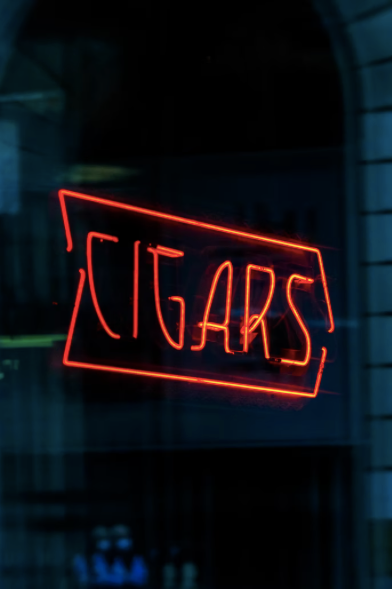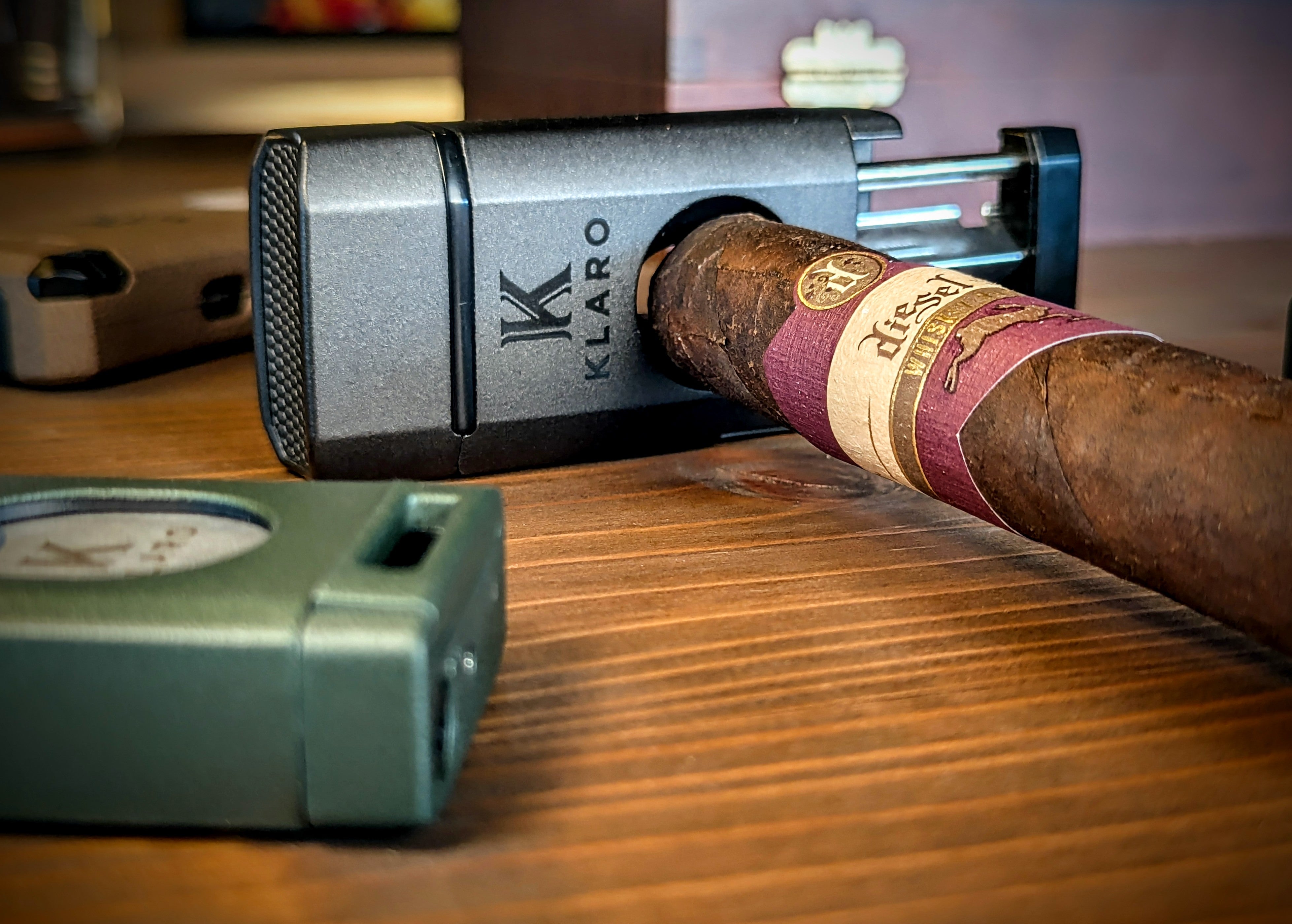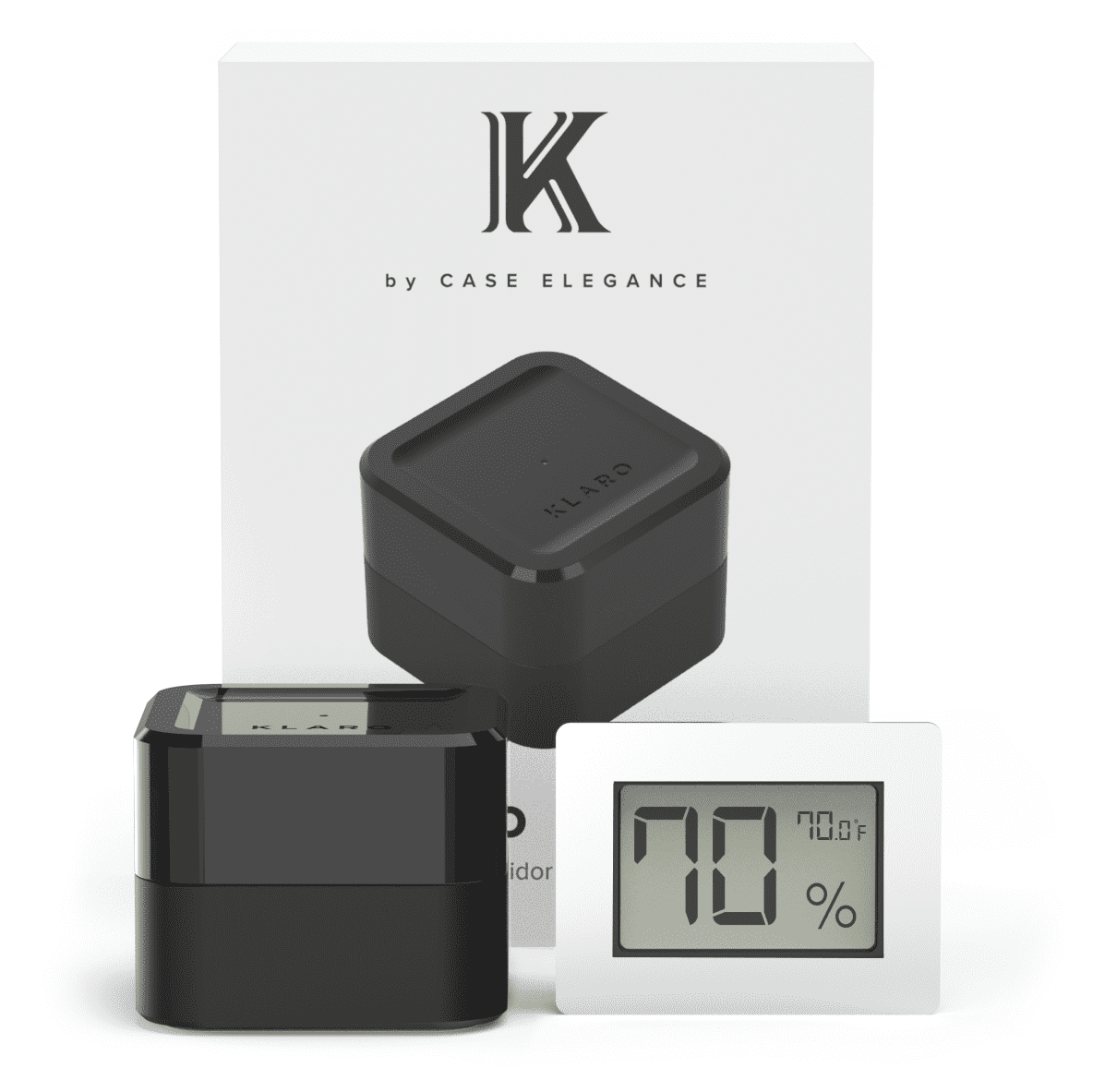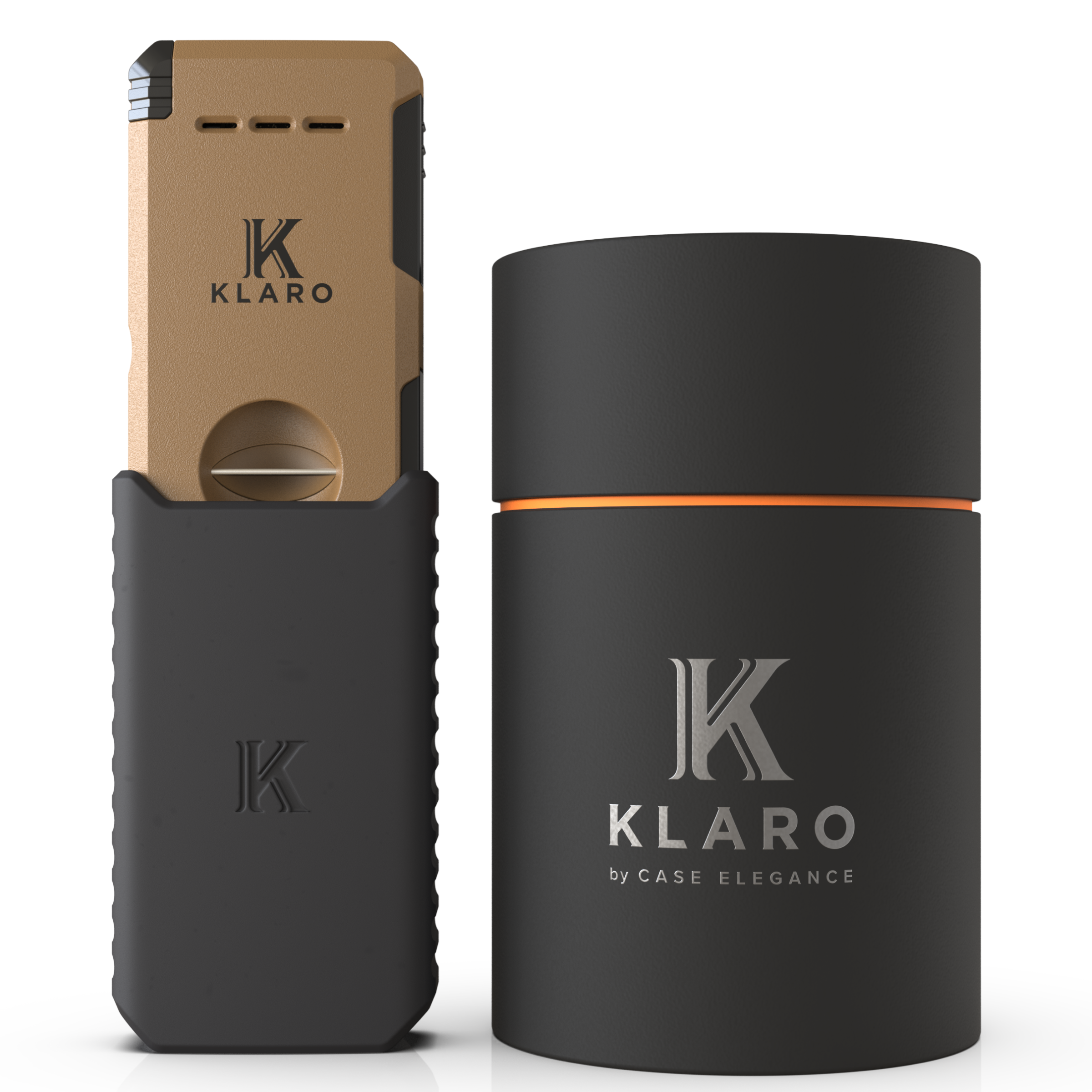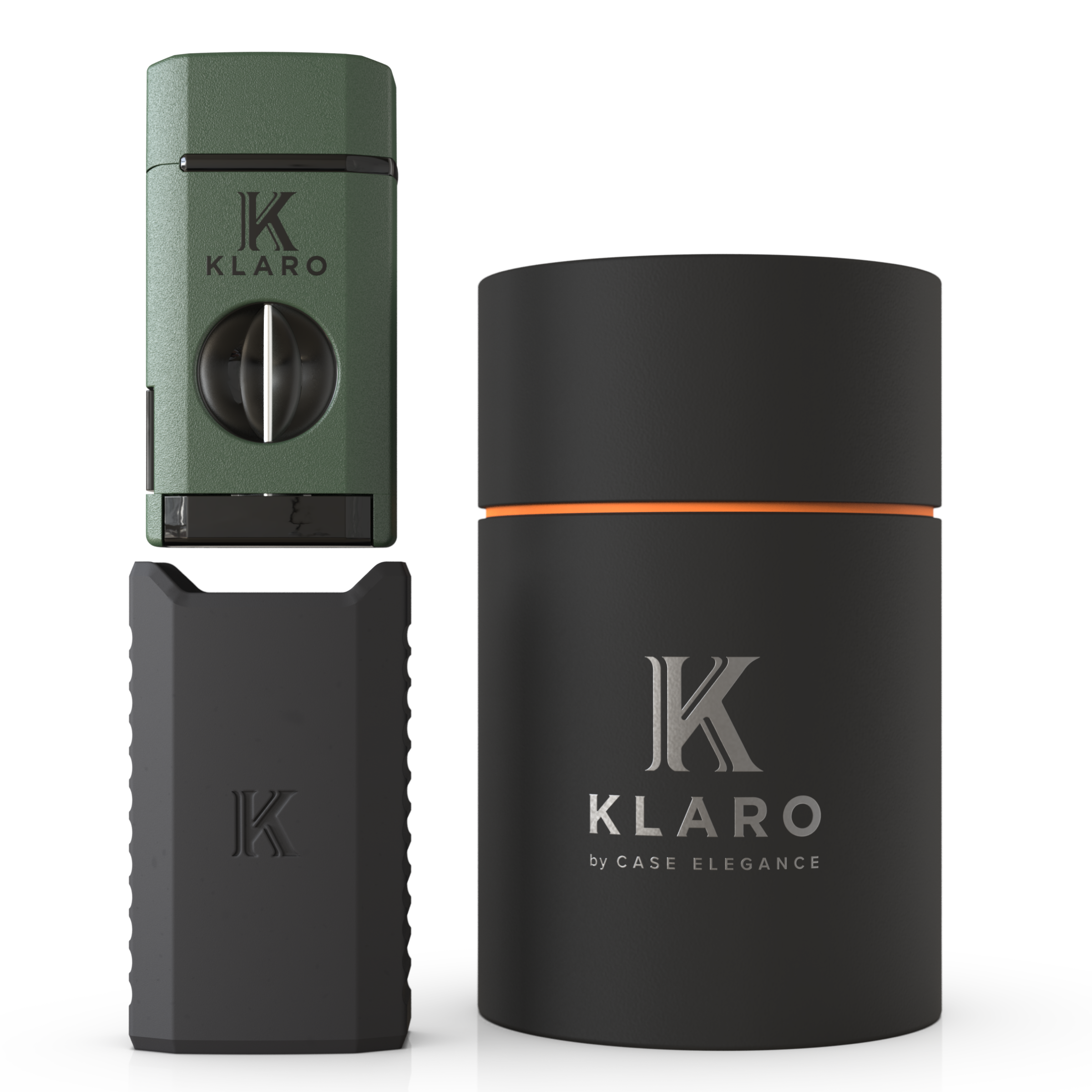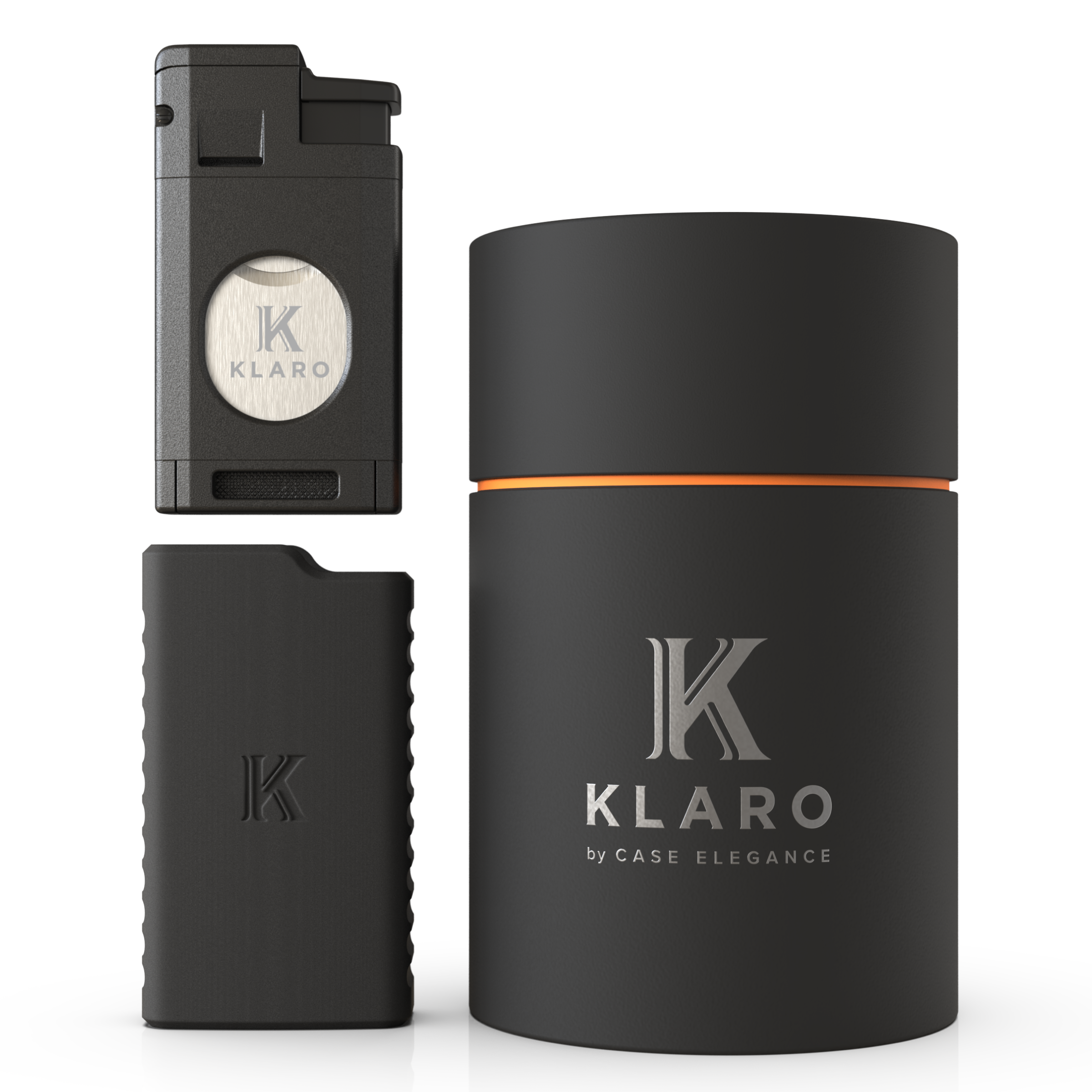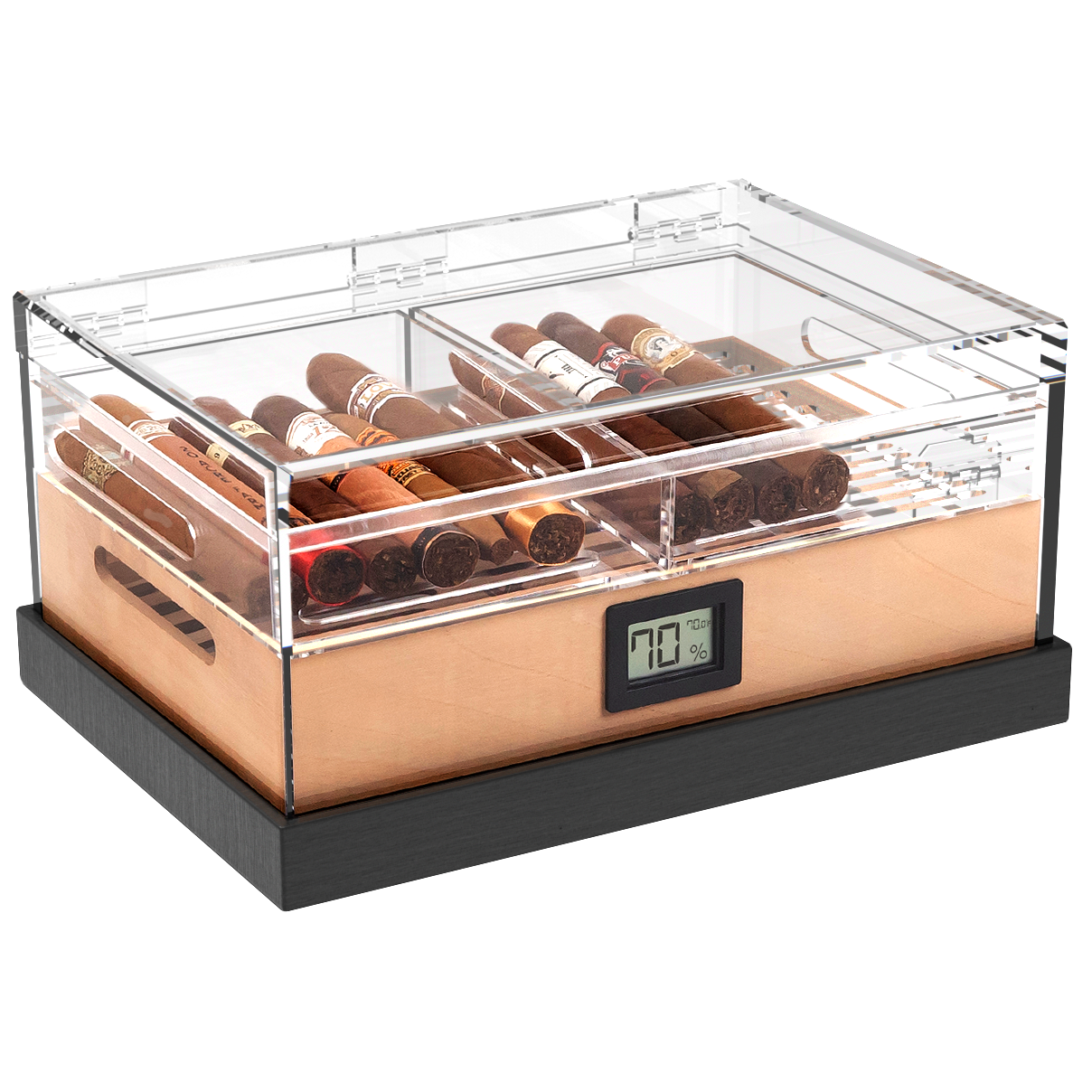The cigar humidor market is vast, and your choices are more extensive than ever, and that can pose a problem. Since there are so many options out there, finding what’s right for your cigar collection and your personal preferences can be a real chore. Furthermore, without a careful eye and an understanding of what makes a quality humidor, it’s easy to fall prey to marketing hype and end up with an inferior product that can compromise your prized stogie collection.
Luckily, we are here to help, which means you won’t have to rely on trial and error to discern the wheat from the chaff. When it comes to humidors, it is possible to get a really good cigar storage solution for a surprisingly affordable price. An inexpensive humidor does not necessarily dictate inferior quality. Affordable options do exist, but there’s a point when a product's price truly is too good to be true. On the flip side, you’ll find some high-dollar, ultra-premium humidors that really don't work all that well.
Since the lines between quality, affordability, and aesthetics can be a bit of a muddled mess, we have put together a little checklist of warning signs to watch out for when shopping for a new humidor. These will hopefully help you evaluate the humidor in question with a more discerning eye, regardless of brand, size, type, or price point.
Remember, any humidor worth its salt will stick to doing the basics and doing them consistently well. So, whether you’re looking for your first humidor, want a second option for your office or for aging some extra-special stogies, or plan on gifting a humidor, keep the following checklist in mind if you wish to steer clear of inferior-performing imitators.
1. Overcompensating High-End Humidors

It may sound silly, but a pricey humidor doesn't always constitute superior performance or reliable humidity levels. Just like expensive exotic sports cars that are prone to breaking or underperforming over time, it is best to be wary of high-end humidors with little to no substance. Performance should always come first, and not aesthetics or exotic materials.
When Cigar Aficionado decided to test a few high-end humidors, it ended up that some of the most aesthetically pleasing offerings were the poorest performers. The manufacturers of these duds included some really impressive frills, including ornate exteriors, bespoke hardware, unique accessory options, and unorthodox designs, but when it came to functionality they failed miserably. Simply put: The humidor couldn't hold a consistent humidity level, and the cigars suffered the consequences.
What to Look For:
When you consider a high-dollar humidor, check the basics, and prioritize the interior. Does the humidification system and the location of the hygrometer in the humidor make sense, and is it constructed from quality components that fit your specific needs? How about internal airflow and storage capacity options and modular accessibility? Are the internals formed from authentic Spanish cedar? If not, what reasoning does the manufacturer provide for using another material for the interior? Remember, function over form matters, so always bear that in mind when high-end humidor shopping.
2. Affordable (and Non-Functional)

On the other end of the scale comes the inexpensive humidor option. It is possible to get a high-quality, affordable humidor on the cheap, making finding the right humidor for your budget completely possible. But thanks to mass market appeal, a deluge of cheaply made, poorly designed humidors have saturated the market in recent years.
These products aren’t worth any amount of savings because when those cigars start to dry out and crack all that money is going to go down the tube. A month of poor performance and potentially ruined cigars will send you back to the drawing board with less money in your pocket to invest in a humidor that is actually worth a damn.
What to Look For:
The leading cause of cheap humidor failure boils down to a bad seal and the inability to hold humidity. The second would be an overall lack of wall thickness, which can cause humidity temperatures to fluctuate wildly.
Since maintaining a stable environment is the primary function of a humidor, it is important to read reviews, look for humidors with magnetic seals and silicone gaskets, and if possible, physically inspect the humidor in person. However, if you do decide to take a chance on a cheapy humidor, and it ends up being a horrible performer, don’t hesitate to contact the manufacturer or seller for a full refund.
3. Insufficient Humidor Humidification

You can learn a lot about a humidor by researching the source of the humidity trapped inside. The humidification system of your humidor is responsible for providing the damp air that is required to protect and preserve premium cigar blends. Without it, no amount of Spanish cedar and superior sealing power can save those smokes, and your humidor will become one pricey, oversized cigar dry-boxing experiment.
There are two main things to watch out for when it comes to humidifiers. The first is an insufficiently sized humidifier a large humidor. Humidor packs may help boost humidor humidity in winter, but they aren't going to cut the kimchi when it comes to creating enough sticky air to keep a large, multi-level humidor functioning properly year-round.
The second is either a faulty or poorly thought-out humidifier mounting point. Regardless of whether it is positioned in the wrong place, or manufactured from outdated, inferior materials, having a high-quality humidification device in the right spot makes a world of difference in how a humidor performs. Beware of humidors with humidifiers that utilize sponges and only require distilled water, for these will require frequent refills, are prone to over-humidification once reloaded, and are a breeding ground for bacteria and mold.
What to Look For:
For smaller humidors, standard humidifier setups that rely upon gel crystals and humidor solutions will work just fine. Humidor packs are also a solid solution, but you will want to ensure that their placement allows maximum exposure to the air inside the humidor. There is a reason why we patented the Klaro Hydro Tray, and designed each one so it is a perfect fit for the size of the humidor it has been assigned to. The same can be said for the Klaro Hydro Channel, which is tailored to smaller desktop humidors. So beware of any humidor that is of substantial size and only comes with a humidor pack or a puny gel crystal jar placed in a location that doesn't squat for airflow.
4. Bad Hygrometer Placement or No Hygrometer At All

How do you know if your humidor is doing its job? If the hygrometer is reading correctly. However, if the hygrometer is located in an area of the humidor that doesn’t provide an accurate reading, or the hygrometer itself is not functioning properly or is defective, then it is anyone's guess as to what humidity levels look like inside that cigar box. This can be particularly problematic if you live in an area where humidity changes drastically from season to season, or if you are digging into that humidor several times a day.
While a humidor not having a hygrometer at all is an instant red flag, hygrometer placement also matters a hell of a lot. This is especially true when the hygrometer is integrated into the physical structure of a larger humidor. Typically, it’s best to have a hygrometer up near the lid to allow it adequate exposure to internal airflow and higher temps. That said, depending upon the style of the humidor it may have a different mounting location for the hygrometer based upon necessity, may it be for internal air exposure, easy removal, or calibration.
What to Look For:
If there’s no hygrometer included with a humidor, then it is not worthy of consideration. The same can be said for a humidor with a built-in hygrometer that cannot be easily seen, or one that takes up valuable real estate inside for cigars. Additionally, not all hygrometers are made equal, and having to recalibrate them can be a real pain in the patella. There's a reason why Klaro invented the world's first patented smart hygrometer and then synced it to a fully customizable app.
5. Poor Seal Quality

Poor seal quality doesn’t just affect low-cost, low-quality humidors. Even some expensive, otherwise capable humidors fail due to a bad seal. When the seal is bad, all the other components have to work overtime to attempt to maintain humidity levels, and often without success.
While a design flaw can be an attributing factor, a poor humidor seal often boils down to construction quality and the materials used. If the coping, or gasketed seal on a cigar humidor warps, or is prone to bending easily, you won’t be ensured an airtight seal. On humidors with a gasket, an improperly sized silicone ring, or one made from an inferior material can cause leaks as well.
It's important to know how well your humidor seals. A bad seal is indicative of poor craftsmanship across the board, and, if your seal isn’t functioning early on, it will only deteriorate with time.
What to Look For:
If you can inspect the humidor in person prior to purchase, take note of how the lid opens, and more importantly, how well it closes. A good seal should require a slight nudge of force from your hand, or on designs like the best-selling Klaro Military Humidor Line, the flip of a latch. If the quality of the contact point between the lid and the sides of the humidor walls and the coping inside seems shoddy, know that it won’t stand up to the test of time and will only deteriorate further the more you use it.
Employing the use of tricks like the dollar-bill test when inspecting a new humidor in person will determine the quality of its sealing capabilities.
Simply place a dollar bill halfway hanging out of the edge of the humidor with the lid open. Then, shut the top and give the bill a tug. If the dollar bill will not budge, and it feels like it will rip if you tug too hard, then you have a perfect seal. If the greenback slides out you know that the seal isn't that great and that it is probably best to keep shopping. When conducting this test, it is best to apply this methodology to all sides of the humidor to ensure a proper seal can be obtained along each edge.
Also, feel the weight of the lid. Lightweight, cheap humidors won’t have a strong downward pressure to ensure a good seal.
6. Alternate Interior Humidor Wood

Sometimes, you will come across humidors that are marketed for having internals manufactured from materials like Honduran mahogany and American red cedar. These alternatives to Spanish cedar may sound elegant, but they will not function nearly as well. Spanish cedar is the undisputed king of moisture absorption and release, and there's a reason why cigar manufacturers age their cigars in rooms constructed from the stuff. The only downsides to the stuff are that it is quite soft and therefore can be easily damaged (hence it typically only being used inside a humidor) and its cost, which is considerate.
What to Look For:
If Spanish cedar allows humidity to properly "breathe" within a humidor, alternative materials are its muzzle. Honduran mahogany and American red cedar are just fine to use on the exterior of a humidor, but if you see them lining the inside then it's time to take a closer look at what other aspects of the humidor may be subject to cost-saving measures.
7. The False Promise of Solid Wood Construction

On the opposite side of the humidor shopping bonanza, is the humidor that has been constructed entirely out of Spanish cedar. Most humidors are constructed with exotic veneers on the outside of the humidor, but very rarely is Spanish cedar used here. As mentioned just prior, Spanish cedar is softer and more susceptible to damage. So having a humidor that is made entirely out of the stuff will often translate to a dinged-up cigar box down the line. Hinges and hardware that have been bolted into Spanish cedar are also notorious for loosening and backing out over time due to the wood's soft nature, which in turn leads to a bad seal. Oh, and let's not forget the fact that Spanish cedar is expensive. So the more of it you have, the more expensive your scratched, improperly sealed cigar storage solution will become.
What to Look For:
Hold manufacturer marketing accountable. When they boast that their humidors are made with solid wood construction, it had better not be 100% Spanish cedar. Instead, the exterior wood should be constructed from an alternative material that makes more sense for the performance of the humidor and its longevity. The belief that more expensive materials mean a better humidor is not always true, and in this case, it is just a flat-out false promise.
Parting Puffs

All that said, these are just seven of the many humidor shopping warning signs to watch out for when perusing your cigar storage options. While we could go on and on about lid design, hygrometer internals, and why Spanish cedar thickness matters so damn much, only you can determine what works for you and your needs.
So get out there and hit some local smoke shops.
The more you explore and become familiar with what differentiates a quality humidor from a cheap replica, the more acute your bullshit detector will become. When you find a humidor that works well, study its components, identify manufacturing and design choices that seem to influence its ability to maintain humidity, and note any differences in other humidors that may have a negative effect on performance and durability.
Klaro humidors are designed for the conscientious cigar enthusiast who desires a balance between affordability and quality craftsmanship stemming from engineering excellence. Years of cigar smoking and storing experience, accompanied by a shit-ton of testing have resulted in the best humidors money can buy.
We design our humidors for ourselves and our personal cigar collections first and foremost. Then, if we approve of the design and how it functions, we put it into production. So, check out the complete line of Klaro humidors and read some reviews. We get the feeling that you will find a style and size that matches what you’re looking for in a humidor and will see precisely what we mean when we say that know that we stand behind the quality and construction choices of each unit we engineer, patent, and sell.



